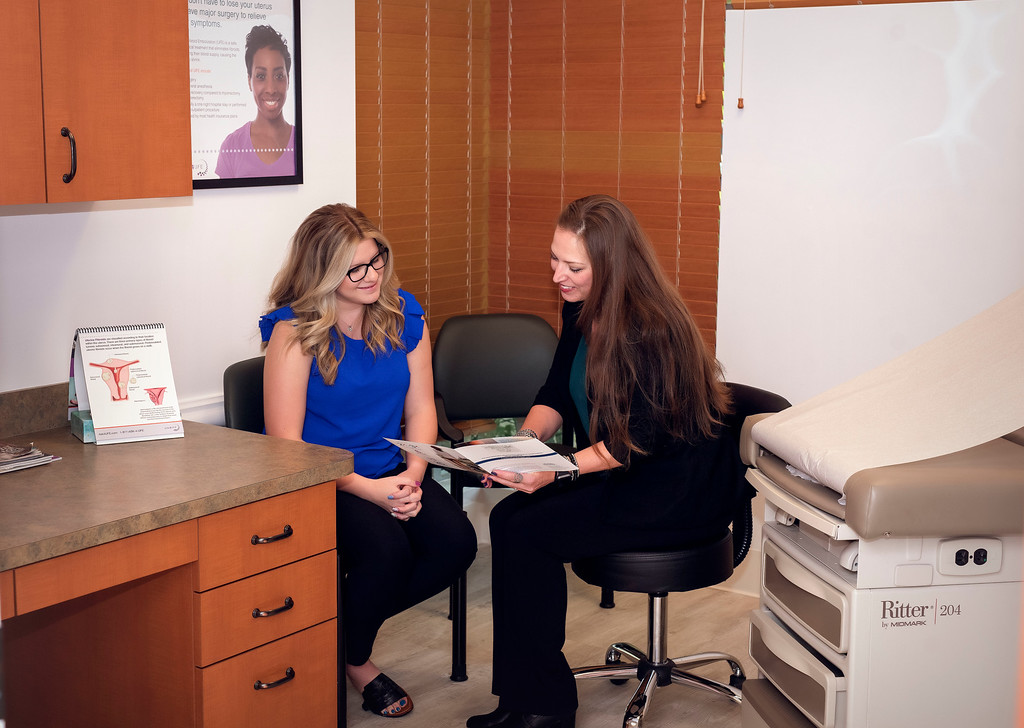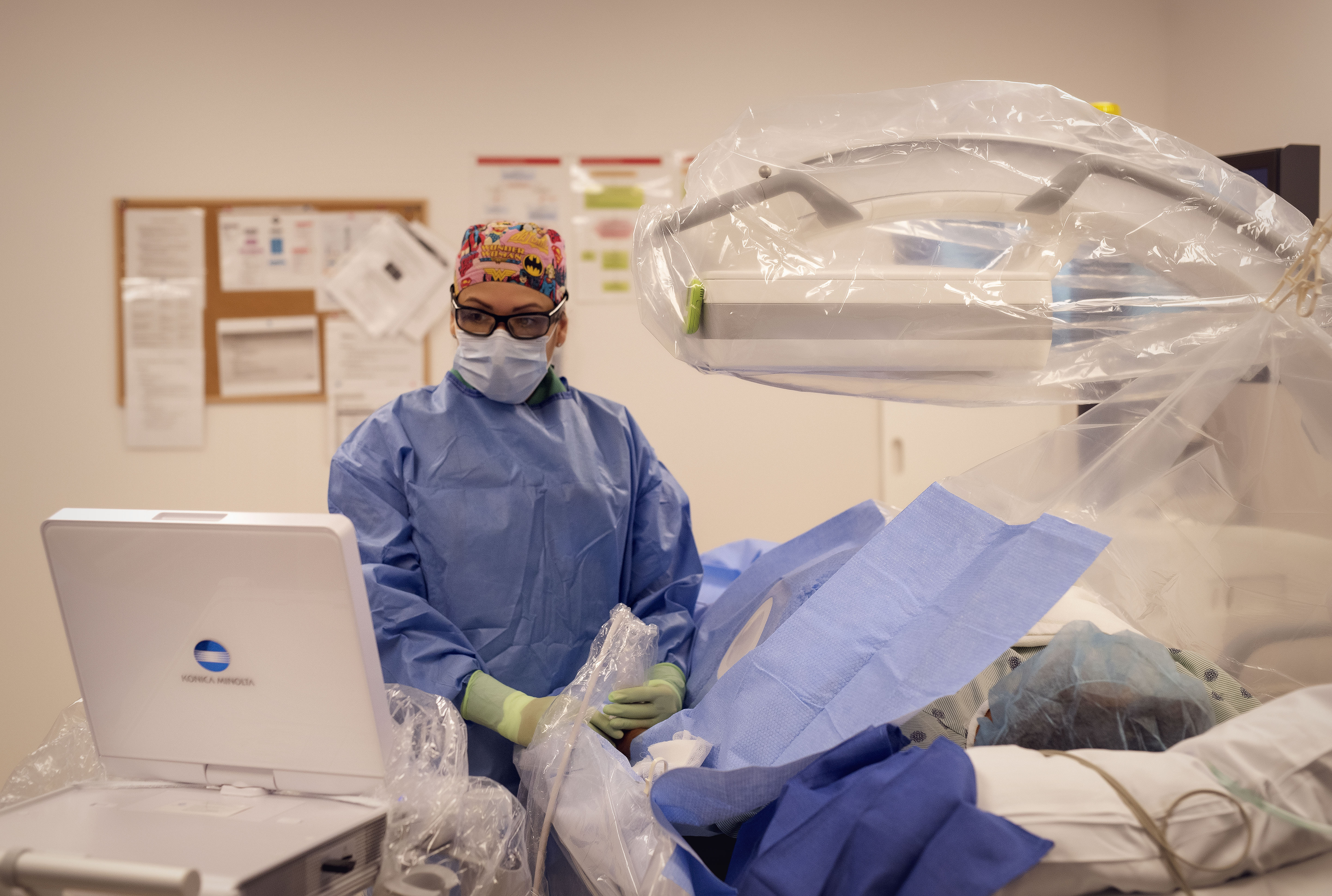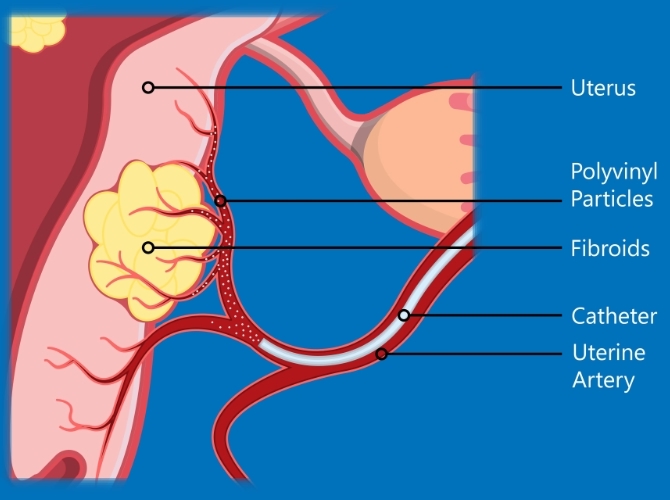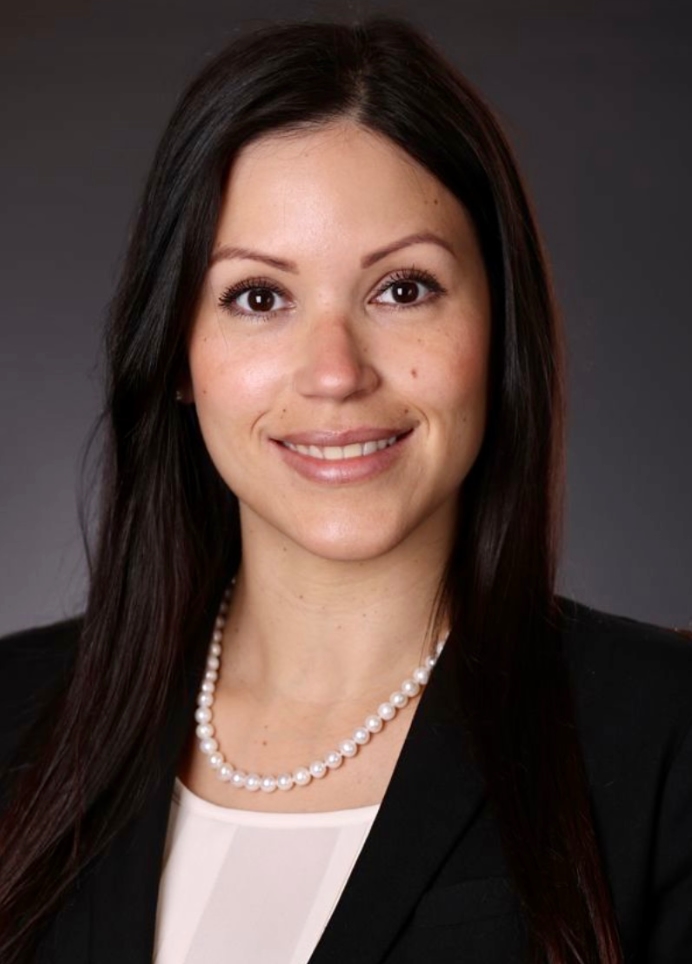SAVE YOUR UTERUS
AVOID HYSTERECTOMY

Schedule an Appointment
For more information regarding Uterine Fibroid Embolization or to schedule a consultation, please contact our team at Vascular and Interventional Physicians of Brevard using this quick contact form or by calling us at (321)-346-4118.
SAVE YOUR UTERUS
AVOID HYSTERECTOMY
Schedule an Appointment
For more information regarding Uterine Fibroid Embolization or to schedule a consultation, please contact our team at Vascular and Interventional Physicians of Brevard using this quick contact form or by calling us at (321)-346-4118.
What is Uterine Fibroid Embolization?
Uterine Fibroid Embolization (UFE)–sometimes referred to as Uterine Artery Embolization (UAE)–is a clinically proven, minimally invasive procedure that treats symptoms related to uterine fibroids. Research has shown UFE to be up to 90% effective in treating symptoms related to uterine fibroids. UFE has also been shown to be an effective treatment option for symptoms related to uterine adenomyosis. Compared to more invasive surgical options, UFE offers lower risk of certain surgical complications and shorter recovery times. Our team of interventional radiologists offers the clinical expertise and procedural experience needed to provide our patients the best outcomes.

Discussing the UFE procedure with a patient in clinic.
What are uterine fibroids?
Uterine fibroids are benign, noncancerous growths that occur within the uterus. Fibroids are very common but can become a concern when they cause symptoms, such as heavy menstrual bleeding, pelvic pain, or pressure on the bladder or bowel. These symptoms are more likely in women with large fibroids or multiple fibroids.
What treatments are available for uterine fibroids?
There are multiple options available to treat symptomatic fibroids. Each of these options has its own risks and benefits. Mild symptoms may be treatable with medications. However, when medications are not sufficient to relieve symptoms, the most common options available include surgery and UFE.
While there are multiple potential surgical options, the most common surgical procedure to treat fibroids is to remove the uterus entirely, a surgery referred to as a hysterectomy.
For many patients, hysterectomy may be their preferred treatment. However, for patients seeking a less invasive option, UFE may provide an excellent alternative.

Dr. Jennifer Laporte performing a UFE procedure in our state-of-the-art lab

How is UFE performed?
The procedure is performed through a single tiny incision in either the wrist or groin. The incision is roughly the size of a pencil tip. Through this incision, the physician accesses the patient’s vascular system, and using x-ray technology for guidance, advances a thin tube—also known as a catheter—into the blood vessels supplying the uterus. Through this catheter, numerous tiny particles are released. These particles then plug up the arteries supplying blood to the uterus. Over the following weeks, the fibroids gradually soften and shrink, and the patient’s symptoms improve or resolve completely.
UFE is most often performed as an outpatient procedure, and patients usually can go home within 2 hours after the procedure is completed. Unlike surgery, the procedure does not require general anesthesia. Patients typically receive local anesthetics, intravenous sedation, and advanced nerve block techniques, so that the procedure is a comfortable experience.
What happens after the procedure?
UFE is most often performed as an outpatient procedure, and patients usually can go home within 2 hours after the procedure is completed.
While post-procedure experiences vary, most patients will experience some cramping pains that can be treated with pain medications. These cramping pains generally improve significantly after the first 12 to 24 hours.
Patients can perform most activities of daily living the day after the procedure and can expect a return to full activity within 7 to 10 days.
We typically will schedule a clinic visit one to two weeks after the procedure to ensure that the recovery is proceeding as expected. A second clinic visit is usually performed 3 to 6 months after the procedure to assess whether the patient’s symptoms have improved as expected.
Am I a good candidate for UFE?
Not every potential patient is a good candidate for UFE and surgery may sometimes be the best option. We perform a full clinical assessment prior to scheduling any UFE procedure to ensure that our patients are good candidates for the procedure and to help them decide if UFE is their best option.
For more information regarding UFE or to schedule a clinical consultation, please contact our team at Vascular and Interventional Physicians of Brevard by entering your information into the form on this page or by calling us at (321)-346-4118.
Schedule an Appointment
or call us: (321)-346-4118
For more information regarding Uterine Fibroid Embolization or to schedule a consultation, please contact our team at Vascular and Interventional Physicians of Brevard by calling us or using this quick contact form








